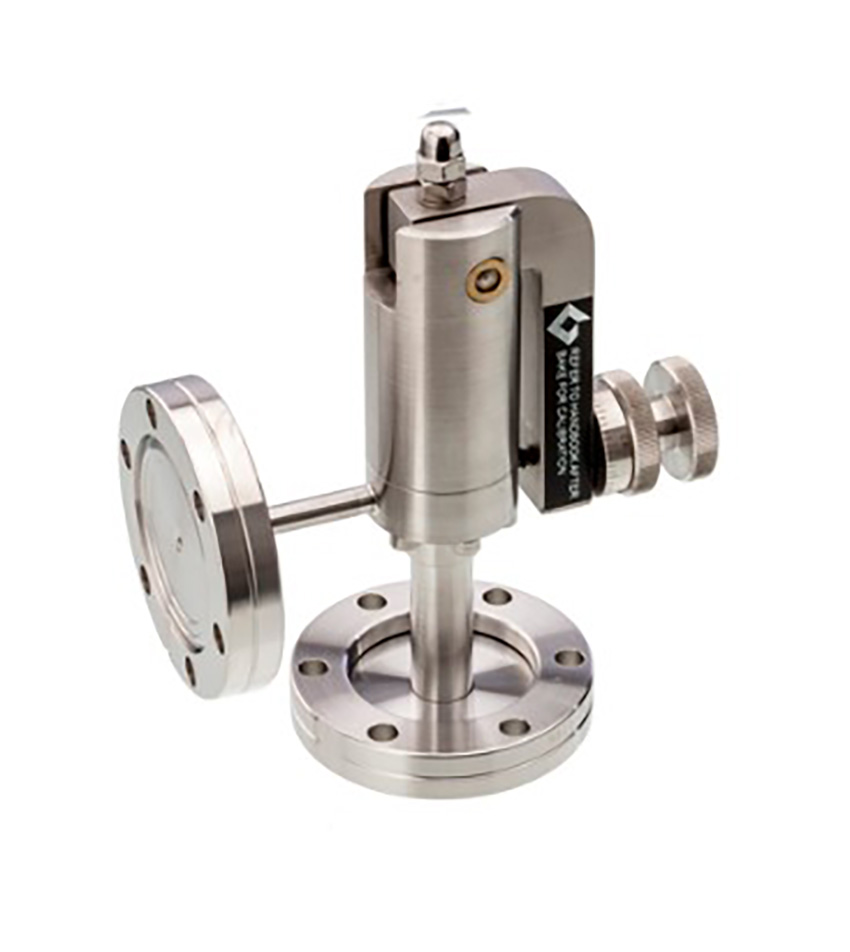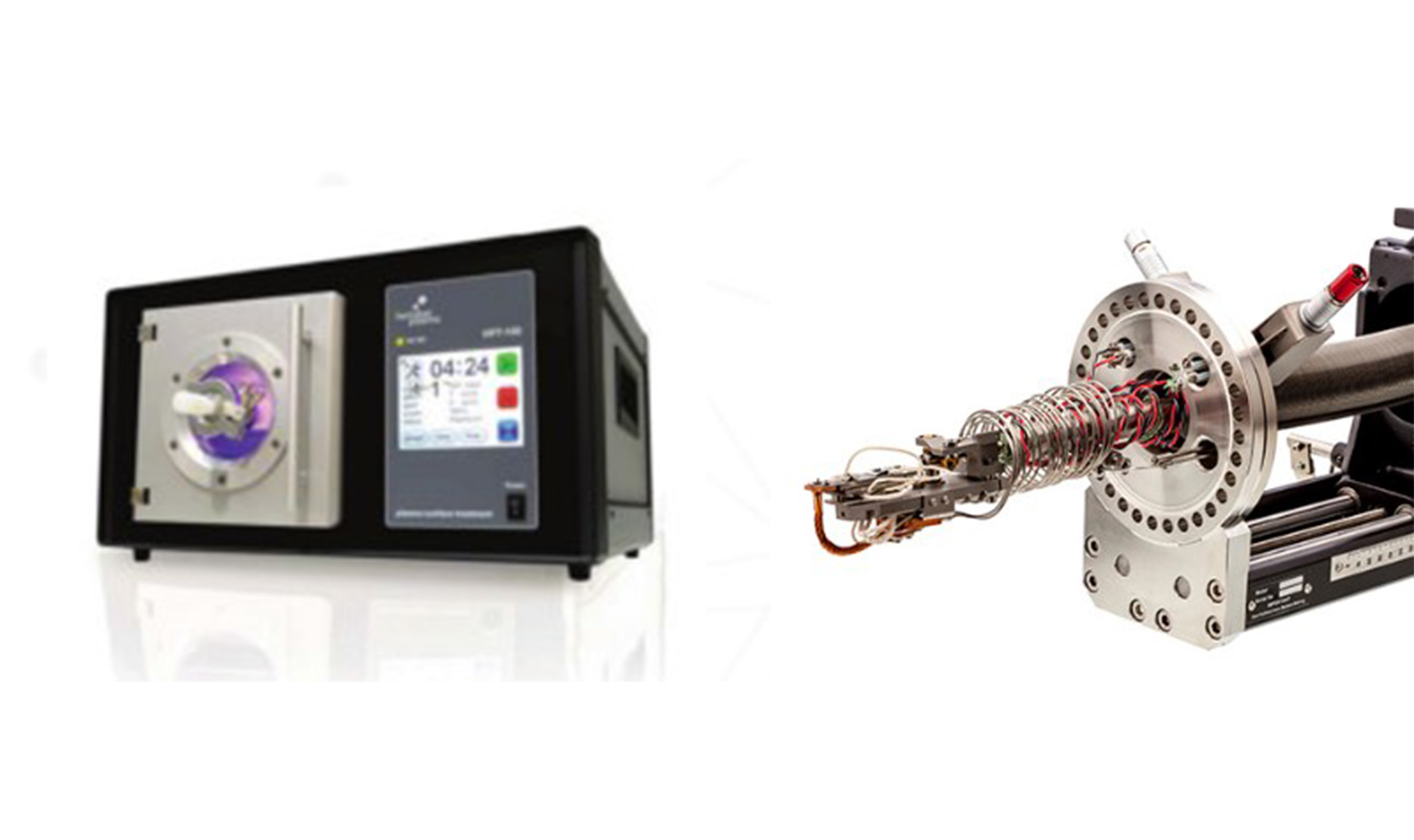Princeton Scientific Corporation has been at the forefront of innovation in technology since it was established in 1991. Since then, their catalogue of products has grown extensively to include plasma treatment systems, UHV technology, precision wire saws, and kelvin probes. Princeton’s website includes the wide range of products: www.princetonscientific.com
Interview with Ashley Wutke, Administrative Assistant at Princeton Scientific Corporation.
Easy Engineering: How important is innovation and R&D for actual and future products?
Ashley Wutke: Innovation is a driving force behind the research and development for our current and future products. As a supplier of a variety of products for materials science researchers, Princeton Scientific plays an important role in the development of incredible scientific advancements such as developing a more sustainable meat product or creating a textile with the ability to repair itself and repel bacteria. The possibilities for innovation in the materials science sector are limitless. Princeton Scientific Corporation supplies the materials and equipment needed to make such advances in science.
E.E: What are the needs of the users on the markets that you are active?
A.W: Princeton Scientific provides solutions for research, development, and production with a range of materials and equipment needed by national laboratories, universities, and corporations. Specific needs include materials such as single metal crystals, evaporation materials, sputtering targets, and laser crystals. Additionally, we supply a vast range of manipulators, drives, motions, chambers and other components for the Ultra-High Vacuum industry.

https://princetonscientific.com/uhv-technology/
People in the scientific industry need high-quality materials and equipment with good lead times and competitive pricing, which is exactly what Princeton Scientific supplies.
E.E: What products/solutions does your company bring that are the most innovative?
A.W: The use of atmospheric plasmas for industrial applications has become extensive across multiple industries including medical devices, aerospace, automotive, optics and more.
Plasma treatment is especially useful for plastic materials that are inharmonious when bonding. What’s more, plasma treatment can improve the adhesion capabilities of even the most disparate materials. Bonding metal to plastic, silicon to glass, and polymers to other polymers is all made easier with plasma surface treatment. In some instances, bond strength can be increased up to 50 times.
E.E: What are the challenges that users encounter in their line of work?
A.W: As mentioned above, the adhesion of low surface energy plastics is one challenge that multiple industries face in the manufacturing of their products. With the plasma treatment systems available from Princeton Scientific, this challenge can be eliminated, making the purchase of plasma products both time and cost effective.

E.E: How does innovation help them in these situations?
A.W: The innovation of new technologies helps industries advance their scientific research and applications.
E.E: How is digitalization changing your field of activity?
A.W: With digitalization, the science industry now has opportunities to work more efficiently than ever. This is especially beneficial to the scientific research community as research can take years of dedication and funding to see results. With products from Princeton Scientific, scientists, manufacturers, and researchers can all make sure they are using the most advanced and high-quality products on the market.
E.E: What tasks/processes can users do easier and more efficiently with your products/solutions because of innovation?
A.W: Plasma Treatment Systems and Diamond Wire Saws are two examples of scientific equipment that Princeton Scientific offers which can improve the efficiency of tasks. Plasma treatment eliminates bonding issues in a variety of materials. Our two-way diamond wire saws work with a spool wire, which is wound onto the wire drum nearly fully automatically. During the separating cut, the diamond wire moves alternately forwards and backwards over the entire length of the wire. This enables a small machine design despite an occupancy of 20 or 30 meters of diamond wire.

E.E: Tell us some tips & tricks about prevention / maintenance for your products/solutions?
A.W: The high-quality of equipment and materials from Princeton Scientific, combined with the access the customizable products ensures that consumers receive products which are reliable and designed to solve problems in both research and industry.
Follow us on Twitter @Princeton_Sci for frequent updates on products and services.
https://princetonscientific.com

